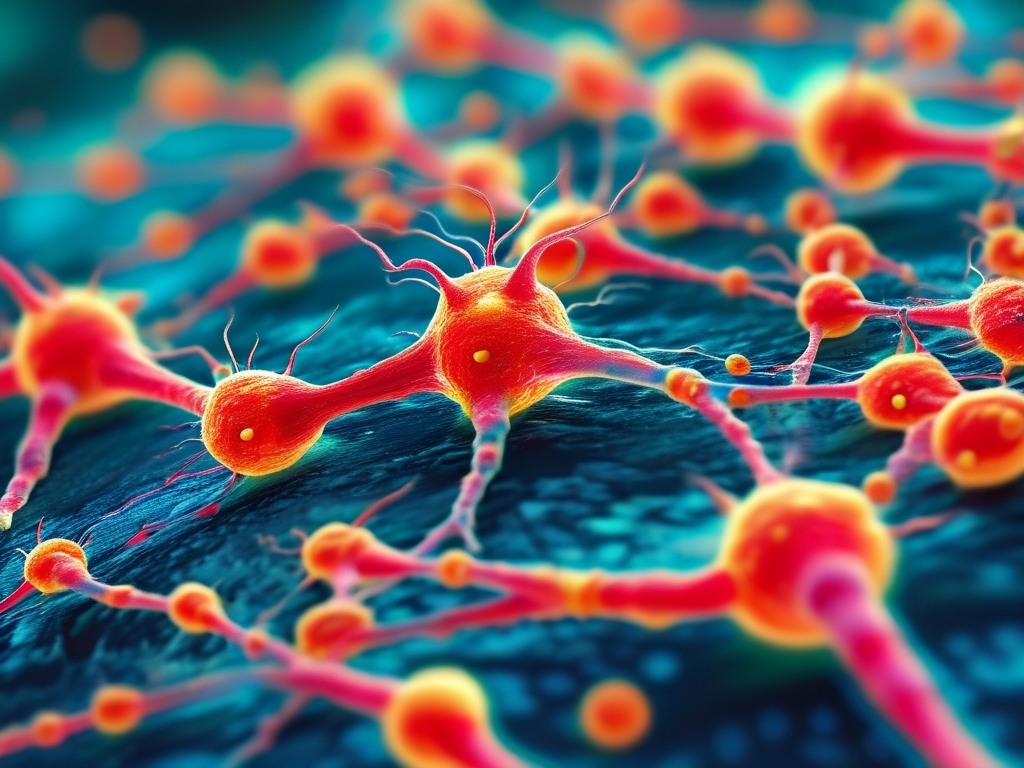Neural networks have revolutionized artificial intelligence, enabling breakthroughs in image recognition, natural language processing, and autonomous systems. Among the critical components influencing their performance are DIF parameters-dynamic, interpretable, and fine-tunable variables that govern learning efficiency and model adaptability. This article explores the significance of DIF parameters, their optimization strategies, and their real-world applications.

1. What Are DIF Parameters?
DIF parameters refer to a subset of neural network variables designed to balance model complexity, generalization, and computational efficiency. Unlike static hyperparameters (e.g., learning rate), DIF parameters dynamically adjust during training or inference based on data distribution, task requirements, or environmental constraints. Examples include adaptive dropout rates, attention mechanism weights, and layer-specific regularization coefficients. Their "dynamic" nature allows neural networks to self-optimize, reducing the need for manual intervention.
2. The Role of DIF Parameters in Model Performance
DIF parameters address two major challenges in deep learning: overfitting and computational cost. For instance, adaptive dropout rates can selectively deactivate neurons in dense layers during training, preventing over-reliance on specific features. Similarly, dynamic pruning parameters in convolutional networks reduce redundant computations, accelerating inference without sacrificing accuracy. Studies show that models with optimized DIF parameters achieve up to 30% higher accuracy in resource-constrained environments compared to fixed-parameter counterparts.
3. Optimization Strategies for DIF Parameters
Training neural networks with DIF parameters requires specialized techniques:
- Meta-Learning Frameworks: Algorithms like MAML (Model-Agnostic Meta-Learning) enable models to "learn how to learn" by optimizing DIF parameters across multiple tasks.
- Bayesian Optimization: Probabilistic models predict optimal DIF values by balancing exploration and exploitation in hyperparameter space.
- Gradient-Based Methods: Techniques such as differentiable architecture search (DARTS) treat DIF parameters as trainable variables, updating them via backpropagation alongside weights.
A case study on Transformer models demonstrates how adaptive attention thresholds (a type of DIF parameter) improve translation tasks by filtering irrelevant token interactions, reducing training time by 22%.
4. Challenges and Trade-Offs
While DIF parameters offer flexibility, they introduce complexity. Key challenges include:
- Training Instability: Dynamic adjustments can destabilize convergence, requiring careful initialization.
- Interpretability: As DIF parameters evolve, understanding their impact becomes harder, complicating debugging.
- Hardware Compatibility: Real-time parameter adaptation demands specialized hardware, limiting deployment on edge devices.
Researchers mitigate these issues through hybrid approaches-combining static and dynamic parameters-or using surrogate models to simulate DIF behavior.
5. Applications Across Industries
DIF parameters are driving innovation in diverse fields:
- Healthcare: Adaptive neural networks adjust diagnostic criteria based on patient data variability, improving early disease detection.
- Autonomous Vehicles: Dynamic perception thresholds enable real-time object recognition under varying weather conditions.
- Finance: Fraud detection models use evolving risk coefficients to adapt to new fraudulent patterns.
6. Future Directions
Emerging trends focus on automating DIF parameter optimization via reinforcement learning and enhancing interoperability with quantum computing architectures. Additionally, efforts to standardize DIF frameworks (e.g., TensorFlow Dynamic Config) aim to democratize access for non-expert users.
DIF parameters represent a paradigm shift in neural network design, bridging the gap between rigid architectures and real-world adaptability. As AI systems face increasingly complex tasks, mastering these dynamic variables will be pivotal for building robust, efficient, and scalable models. By addressing current limitations and fostering interdisciplinary collaboration, the next generation of DIF-enhanced neural networks could unlock unprecedented capabilities in artificial intelligence.









